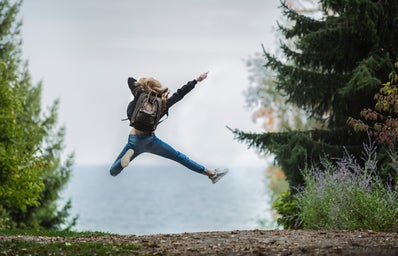Tea: a wonderful drink, a lovely word used to describe gossip or recent events, a statement affirming truth. In the past couple of years, it has made a roaring comeback into the spotlight in the name of meme culture (shout out to Kermit the Frog). But for the English, it has always been a staple drink and an iconic cultural landmark. It is what this country is strongly associated with, like the way New York is associated with the Statue of Liberty or the way Paris is associated with the Eiffel Tower. We all have drunk it at some point – sometimes we drink it with honey when we are sick to help us feel better; other times we drink it we when want to calm down or go to sleep. Some people don’t even like tea and prefer coffee. I personally definitely drink too much tea. But what a lot of people may not know is just how many types of tea there are, and how important it is to the social culture of England. With that being said, welcome to my survival guide to all the English teas.
To start this guide, there are six basic tea types: black, green, white, yellow, oolong, post-fermented and flavored. These basic types can be further divided into loose leaf teas and bagged teas. This article is going to cover the UK’s two most popular tea types. In England, the most popular type is black tea. Teas like Earl Grey (an afternoon tea), English Breakfast, and Irish Breakfast are traditionally thrown into this category and are bagged (that means that they come finely ground in a little bag). These teas are the most caffeinated, and you can find them in any grocery store you walk into. Another popular black tea is oolong tea, which is a loose-leaf tea. These teas have actual tea leaves being steeped, rather than the leaves being crushed in a bag; it really increases the flavor and complexities of the tea.
Courtesy: GQ
The second most popular type is green tea. It has definitely become more popular due to people wanting to be healthier in recent years. Green tea is less caffeinated than black tea, but it carries more health benefits than black teas (such as antioxidants)! Herbal teas can also be included here in this category along with flavored teas. The gag is that these two types are not actually derived from the tea plant itself. They are green tea adjacent! Herbal teas are brewed with herbs more so than actual tea leaves (such as chamomile or ginger), while flavored teas typically have a green tea base (though sometimes black or white tea is used) with fruit extracts or other flavors added. Both are typically bagged, although some do come in loose leaf mixes.
Overall, tea here is used for a myriad of reasons. It is used as a continuous reminder of this nation’s history. Tea is steeped in many years of tradition and is a testament to an enduring culture. Afternoon tea is a big thing here – people take an hour or two out of their day to sit down with other people to talk and connect. It is a social event, an occasion that is meant to be shared. This drink, these leaves and these herbs have a history drenched in conflict, exploration, revolution and adaptability. To us, it’s just a cup of tea, something to drink if we are not in the mood for coffee. To the people of England, it is a symbol – a small image to represent an incredible history, incredible people and an incredible country. Even if tea isn’t your cup of tea, now you can confidently say that you understand it. And that’s the tea sis.
Want to see more HCFSU? Be sure to like us on Facebook and follow us on Instagram, Twitter and Pinterest!



